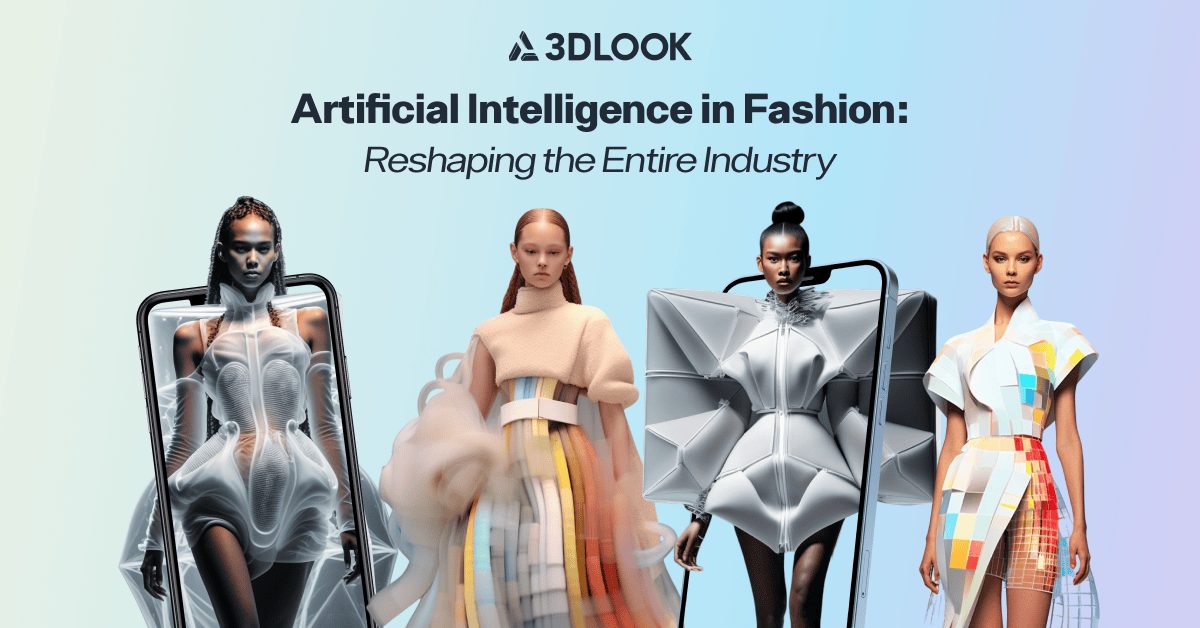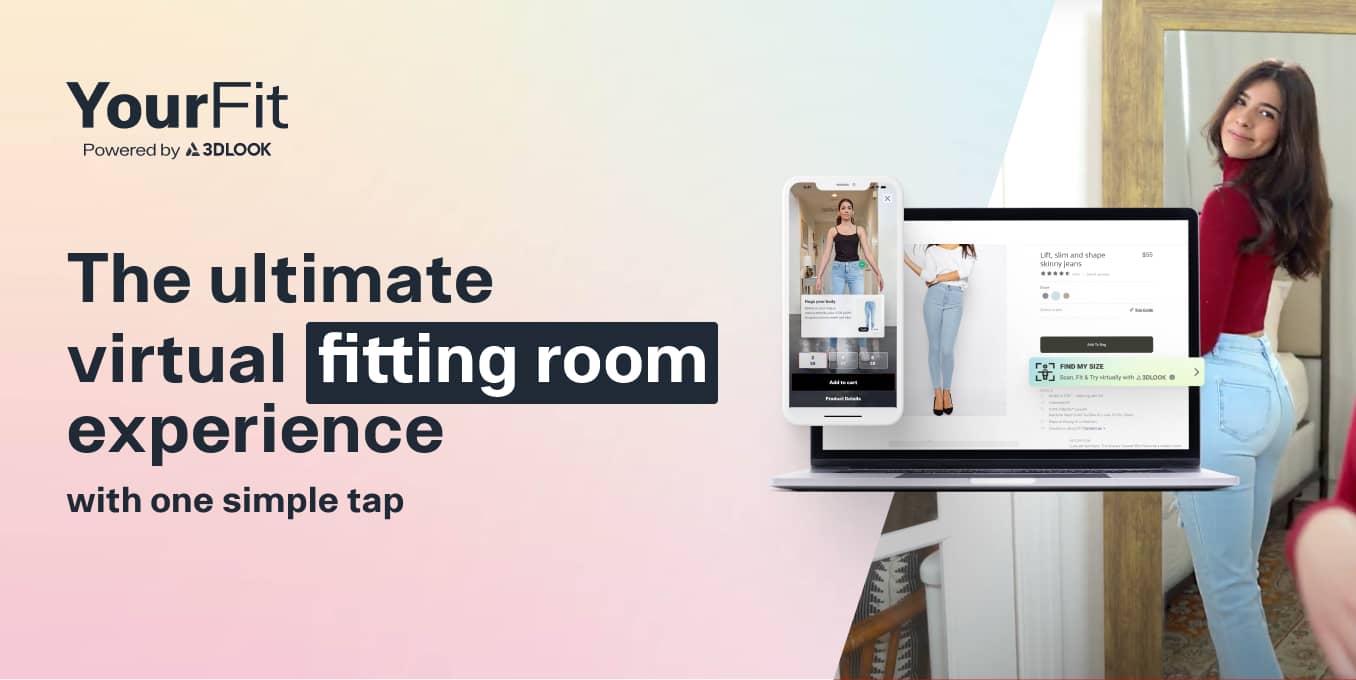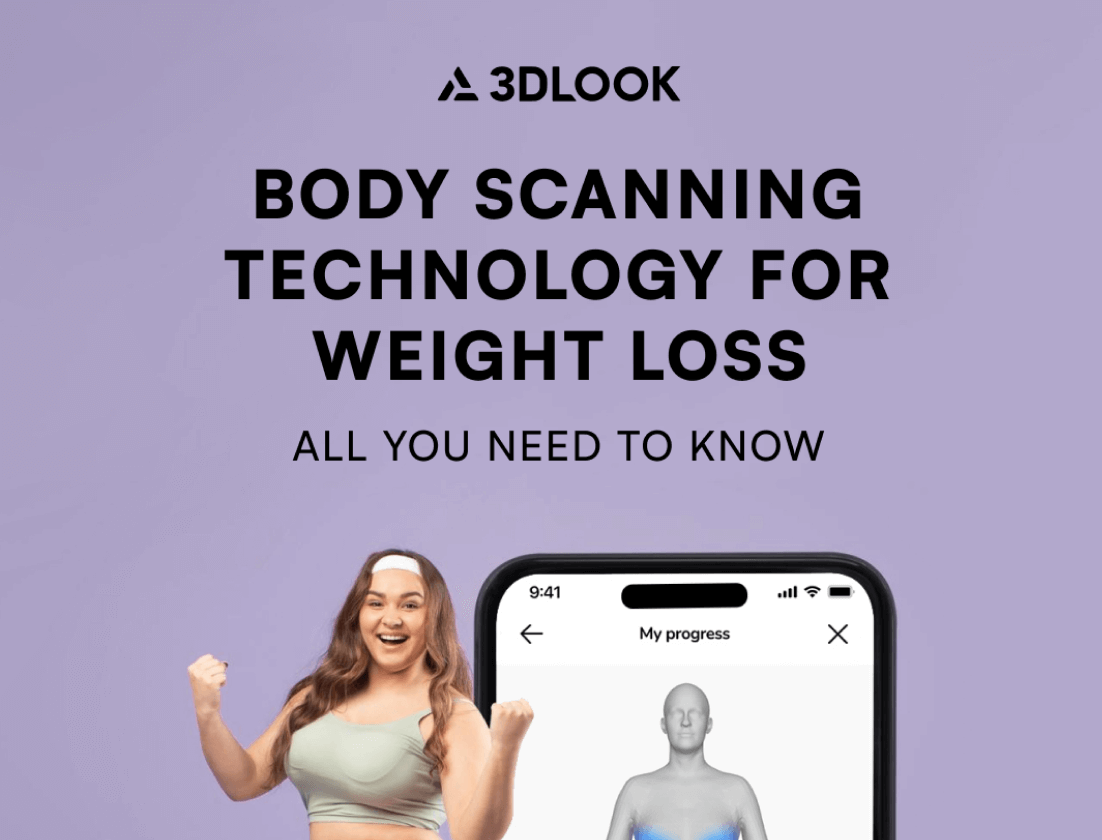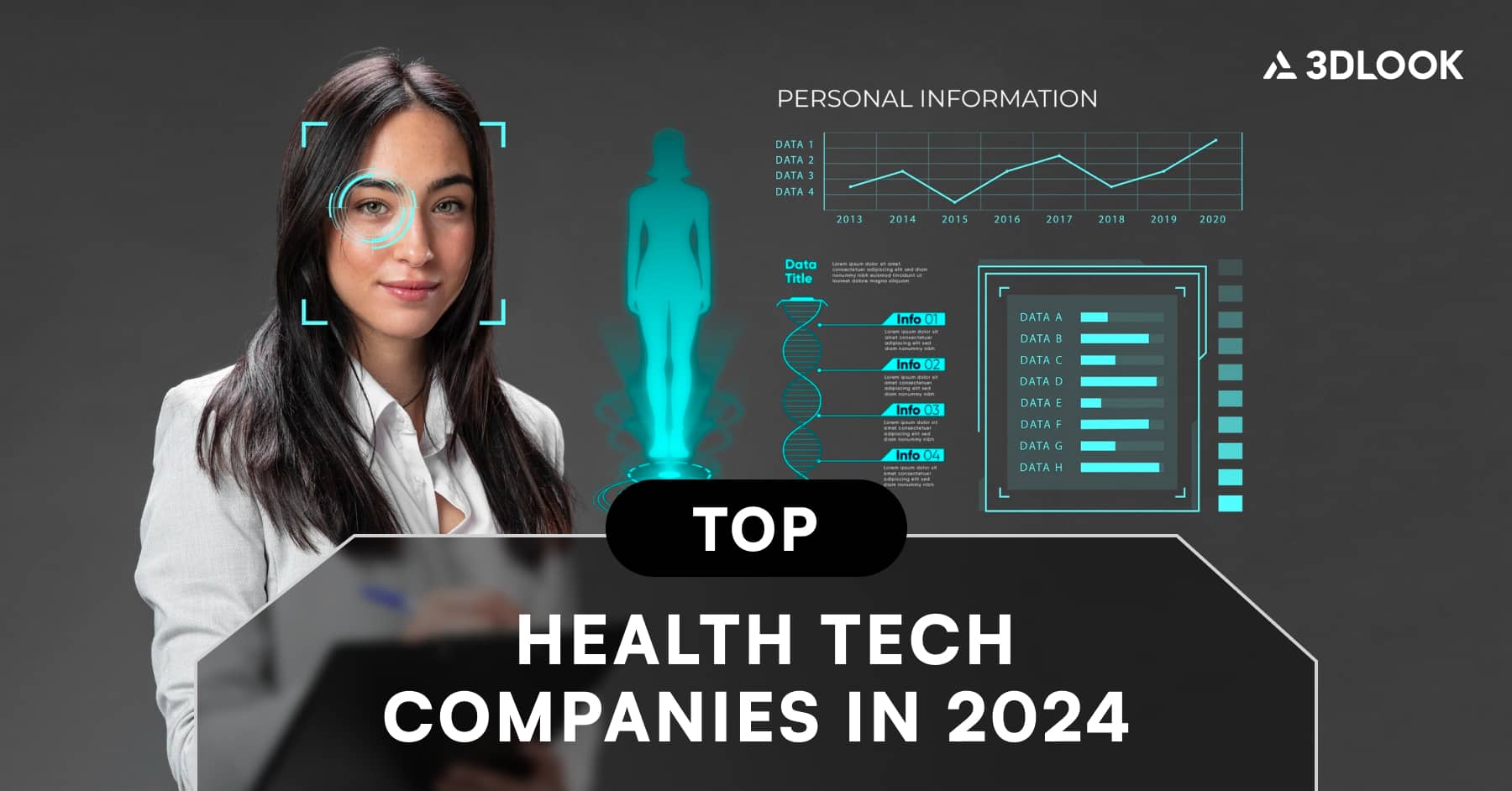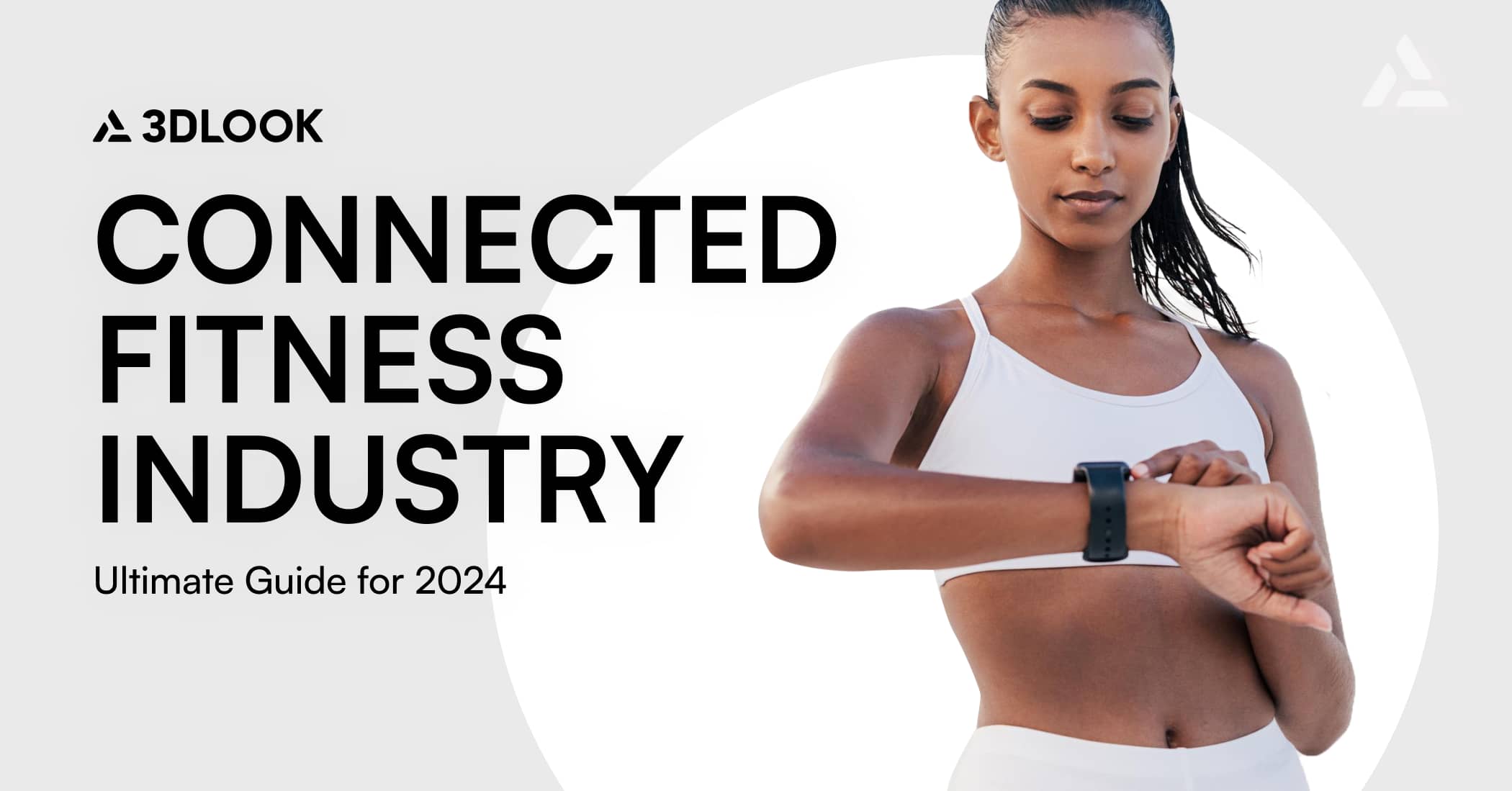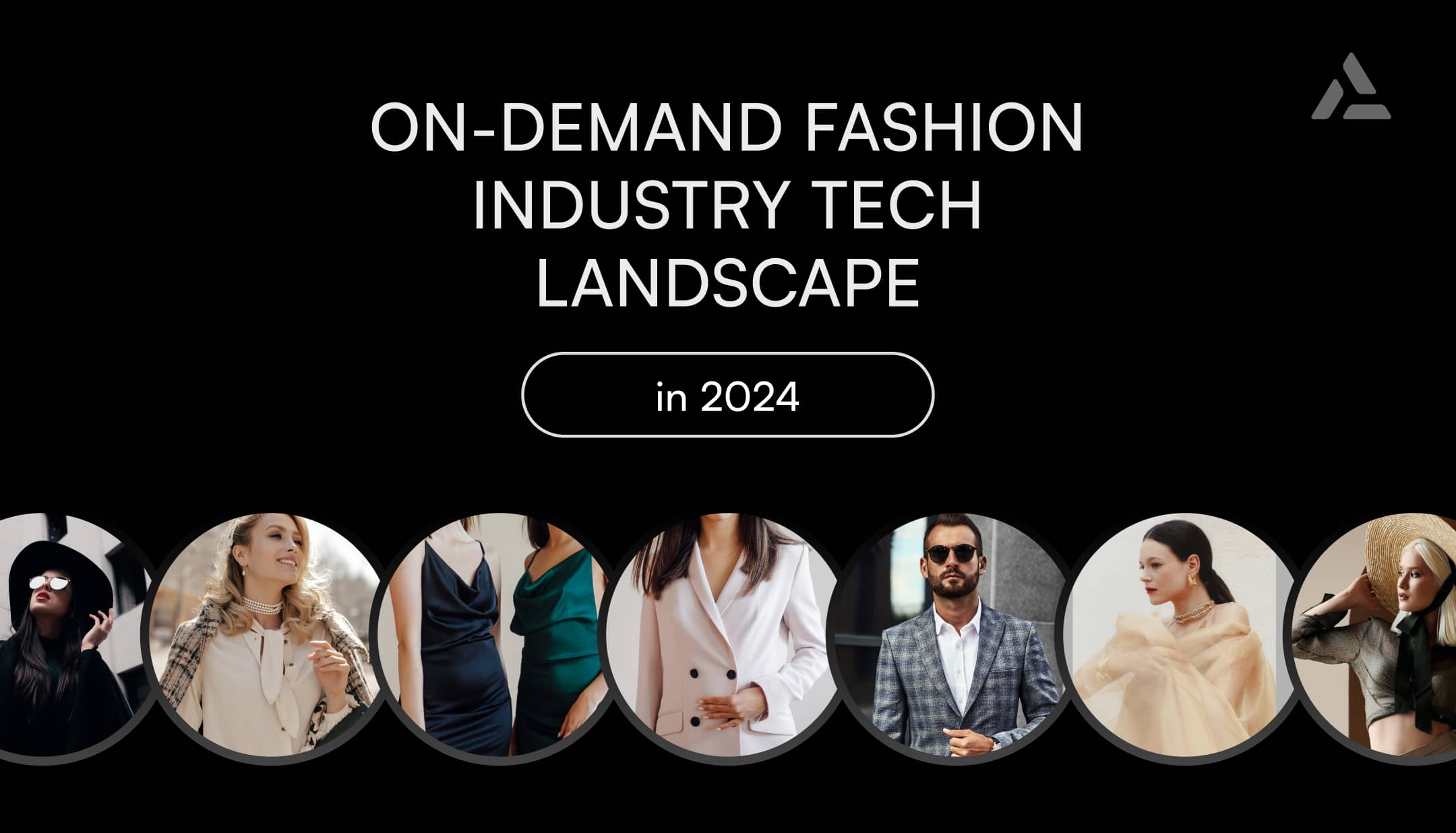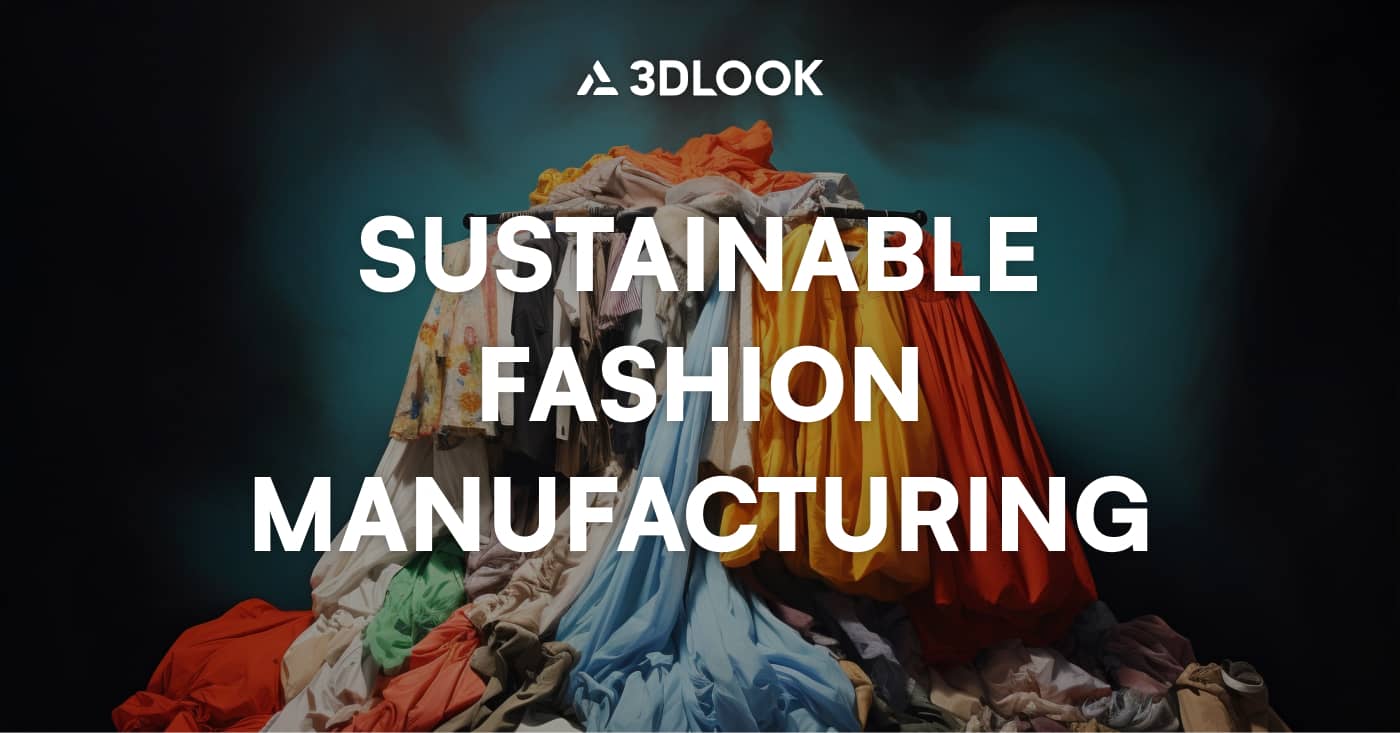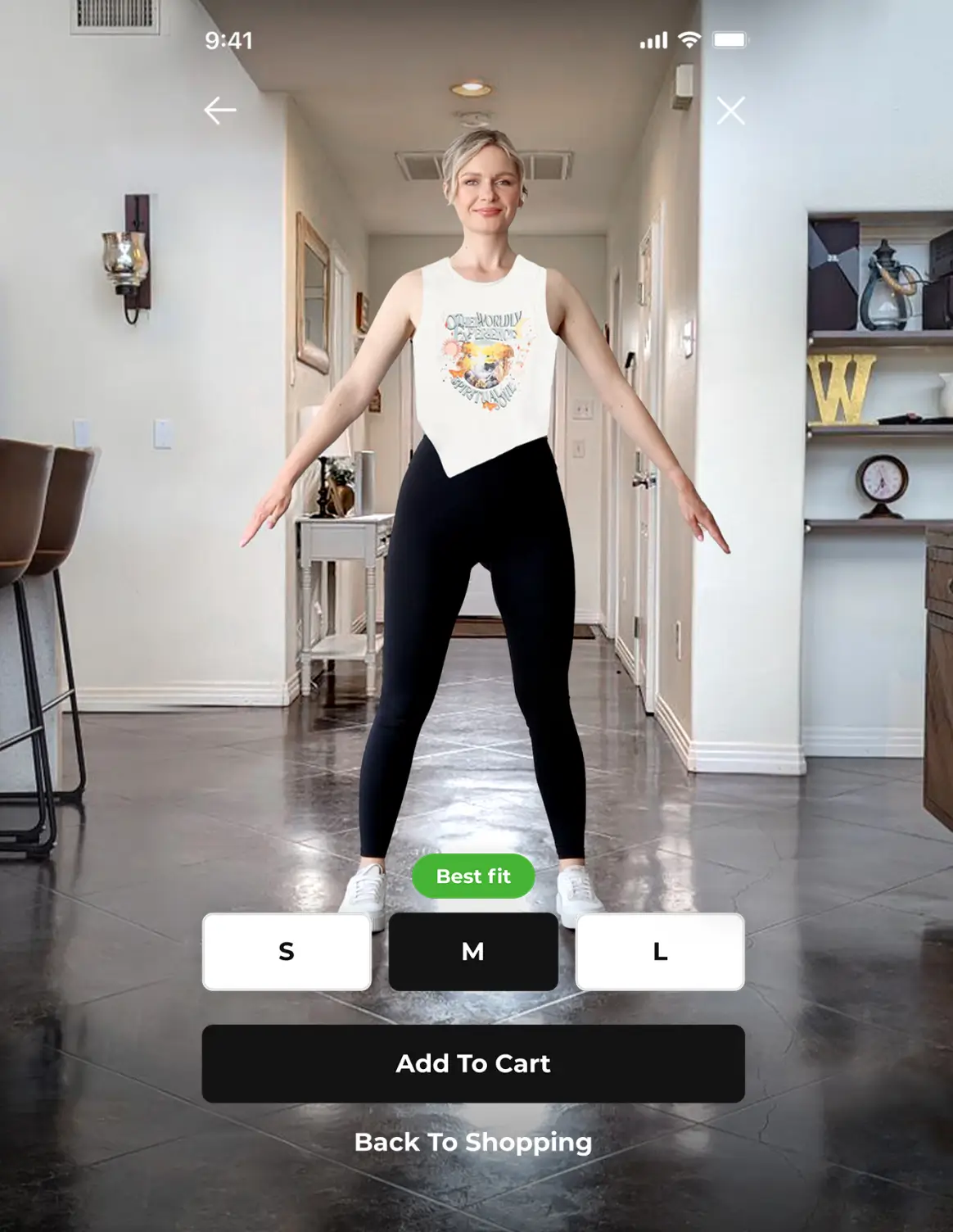The Role of Generative AI in the Fashion Industry
As the fusion of technology and fashion continues to evolve, artificial intelligence (AI) is fast emerging as a transformative force in the fashion industry. According to McKinsey analysis, generative AI could add, conservatively, $150 billion and up to $275 billion to the apparel, fashion, and luxury sectors’ operating profits in the next three to five years. This astronomical figure underlines the pivotal role that AI is set to play in the future of fashion, not just as a disruptor, but also as a value creator. From predicting trends and optimizing supply chains to customizing the shopping experience and enabling virtual try-ons, AI’s potential in reshaping the fashion landscape is substantial and varied.
Predicting Trends
Fashion is intrinsically tied to trends; it’s all about keeping up with what’s hot and what’s not. AI has proven to be an invaluable tool in this aspect, revolutionizing how brands anticipate and capitalize on fashion trends.
How does AI predict fashion trends? AI can analyze enormous amounts of data, gleaning insights from various sources like social media platforms, fashion blogs, online retail sites, and global fashion events. This data analysis extends to a range of elements, including color schemes, fabric choices, styles, and even regional fashion preferences. In doing so, AI can spot patterns and predict trends with impressive accuracy.
Take, for instance, the multinational technology company, IBM. They partnered with the Fashion Institute of Technology (FIT) and utilized AI for fashion capabilities, which consisted of a set of APIs specifically created and trained for the fashion industry. These APIs harnessed deep learning, natural language processing, and computer vision to support fashion companies in enhancing customer experience, refining product design and development, optimizing merchandising and planning activities, and bolstering merchandise performance analysis.
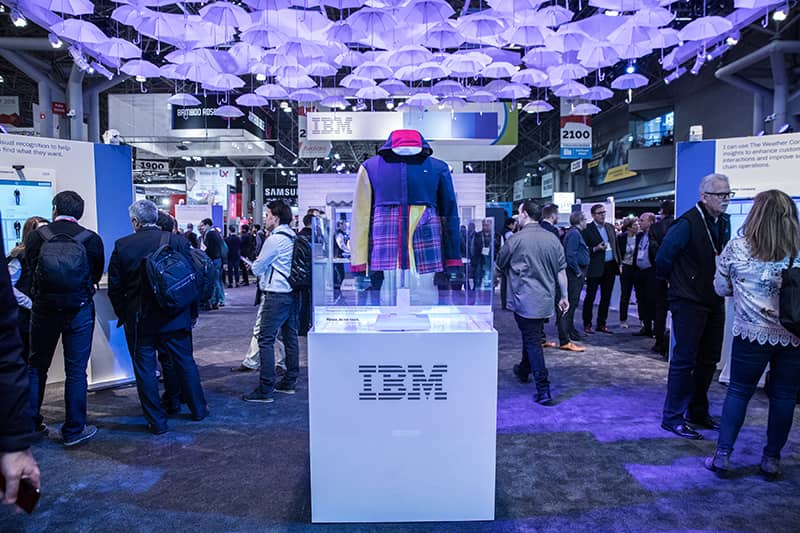
Another example is the AI platform, Heuritech. They use machine learning to analyze millions of images from social media and the web each day, helping brands like Louis Vuitton and Dior to anticipate trends and align their production accordingly.
Similarly, Edited and WGSN, two major trend-forecasting agencies, use AI to analyze data from e-commerce sites, fashion shows, and social media, providing actionable insights to brands worldwide.
By leveraging AI, the fashion industry is morphing from a traditionally reactive industry to one that’s proactive and predictive, paving the way for a more sustainable and consumer-centric future.
Optimizing Supply Chains
The supply chain has been one of the most complex and challenging aspects of the fashion industry. From sourcing raw materials to managing inventory to ensuring efficient delivery, each step is riddled with potential for inefficiency and wastage. AI is now stepping in to streamline and optimize these processes, revolutionizing how the fashion industry operates.
AI algorithms can analyze historical data to predict demand accurately, allowing for better inventory management. This can help in minimizing overproduction, a major issue in the fashion industry contributing to environmental damage. By producing in line with the predicted demand, fashion brands can reduce waste and become more sustainable.
Additionally, AI can also help in managing the logistics of the supply chain. For instance, AI systems can track and analyze shipping data, ensuring that products are delivered in the most efficient manner. This not only saves time but also reduces carbon footprint, making the supply chain more sustainable. In essence, leveraging AI algorithms in fashion retail ensures the right products in the right quantities at the right time, minimizing stockouts and markdowns while maximizing profitability.
An example of AI in supply chain optimization is Li & Fung, a global supply chain manager. They have developed a digital supply chain platform that uses AI to connect retailers with suppliers in real-time, providing end-to-end visibility and making the supply chain more efficient and responsive.
Moreover, brands like H&M are utilizing AI to analyze store receipts and returns, helping them to adjust the quantities of each garment for each store. This kind of data analysis reduces the chances of having too much unsold stock, cutting costs and promoting sustainability.
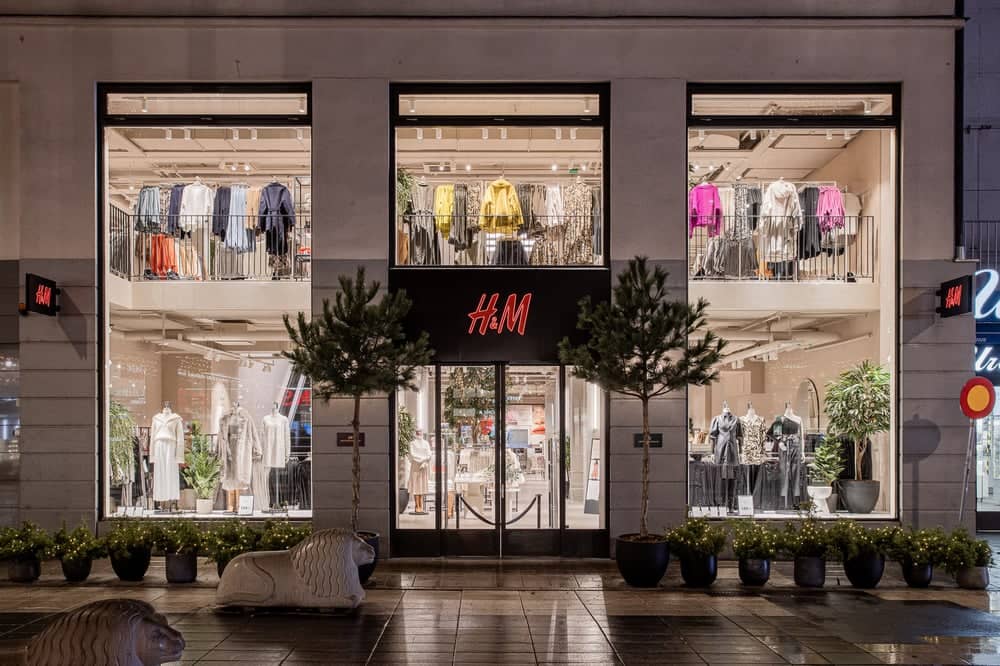
AI also aids in sourcing raw materials by helping designers and manufacturers find sustainable alternatives. Platforms like SourceMap use AI to provide brands with information about their supply chain, including the environmental impact of their raw material choices.
Building on this digital transformation, 3DLOOK is revolutionizing the way brands understand and cater to their customers’ unique body shapes and sizes. Using mobile body scanning and AI, our technology provides accurate body measurements and sophisticated body analytics. This data enables a deeper comprehension of their customers’ body dimensions, offering valuable insights for more efficient product development and customer-centric garment designs. By aligning garment specifications with actual customer data, brands can dramatically reduce the time and resources spent on sample production.
Moreover, this technology creates 3D models based on the customers’ body data, providing a precise understanding of how different designs and sizes will fit their unique body shapes. This ability is particularly transformative in online shopping, where it can significantly reduce the frequency of returns due to poor fit.
Discover 3DLOOK's virtual fitting solutionsIn essence, AI is becoming an indispensable tool in optimizing supply chains, reducing costs, enhancing efficiency, and promoting sustainability in the fashion industry. With its predictive and analytical capabilities, it’s fair to say that AI is the new cornerstone of modern supply chain management in the fashion world.
Customizing the Shopping Experience
In the age of e-commerce, personalization has become a powerful tool for retailers, and AI is at the forefront of this revolution. AI is helping fashion brands customize the shopping experience in ways that were previously unthinkable, providing personalized recommendations based on individual customer behavior, preferences, and shopping history.
For example, ASOS, an online fashion and cosmetic retailer, uses AI to tailor the shopping experience for each user. Their AI-powered system suggests clothing items based on the customer’s previous purchases and browsing behavior, making the shopping experience more relevant and enjoyable.

Thread.com, a UK-based startup, uses AI in combination with human stylists to provide personalized style advice and outfit recommendations for its customers. Customers share their preferences, sizes, and price range, and AI algorithms, in collaboration with human stylists, curate a personalized shopping experience for each customer.
Amazon, a leader in e-commerce, uses AI to offer product recommendations, helping customers discover new items that align with their style and needs. This personalization increases customer satisfaction and boosts sales, as customers are more likely to purchase items that are tailored to their preferences.
Meanwhile, Alibaba’s FashionAI technology provides personalized mix-and-match recommendations in physical stores. Customers can pick an item and the AI will suggest other pieces to complete the look, creating a seamless and engaging shopping experience across online and offline platforms.
And it’s not just large retailers who are benefiting. Small and medium-sized fashion businesses are also leveraging AI to personalize their offerings. Apps like Easysize help online fashion shops offer personalized size recommendations to their customers, reducing returns and improving customer satisfaction.
3DLOOK is another example of how advanced technology is reshaping the personalization landscape in fashion. We have developed a unique solution for collecting shopper body data, which helps augment the accuracy of personalized recommendations. The technology uses this body data to map the user’s measurements to the brand’s sizing chart and garment data. The result is a personalized size recommendation for each garment, enhancing the customer’s confidence in their purchase. By using 3DLOOK’s YourFit solution, brands can possibly achieve a 13-16% increase in conversion rates and a 20-25% increase in their average order value.
Garderobo AI, for instance, a provider of AI-powered styling services, offers fashion brands an exceptional opportunity to enhance their online shopping experience. Through personalized product recommendations presented in aesthetically appealing formats such as “Total Look” collages and engaging “Carousel” displays, customers can effortlessly discover complementary items that complete their desired looks. By incorporating these innovative solutions, fashion brands can anticipate remarkable improvements in key performance indicators, including an increase in average order values (AOVs), conversion rates, and overall customer engagement.
In essence, by using AI to tailor the shopping journey, brands are enhancing the customer experience, driving customer loyalty, and boosting sales. In an increasingly competitive fashion market, personalization is becoming not just a luxury, but a necessity.
🔥 [eBook] The AI advantage: How AI is solving problems for the world’s largest retailers
Fighting fake products
AI is being used to authenticate items, helping to prevent the sale of counterfeit fashion products, including shoes and bags.
Two applications can aid in averting these awkward situations. One of the applications that helps avert these awkward situations was created by Deloitte, aiming to identify design infringements. Dubbed “Dupe Killer,” this tool sifts through vast troves of images to pinpoint subtle yet distinctive design elements such as the contours of an object, specific colors, or even unique stitching patterns.
Other solutions harness computer vision to authenticate genuine items. This technology assists customs officials and others within the supply chain in discovering counterfeit products.
Virtual try-ons – the AI-driven solution in fashion retail
In the realm of online shopping, virtual try-ons are redefining the customer experience, bridging the gap between online and in-store shopping by eliminating uncertainties about fit and size. Artificial Intelligence has been instrumental in enabling this shift, with groundbreaking solutions such as YourFit and Mobile Tailor leading the way.
YourFit offers an impressive application of AI and 3D technology to visualize how clothes fit on a customer’s body. Customers simply upload two photos of themselves, and YourFit generates a precise 3D model, allowing shoppers to virtually “try on” various clothing items. It’s akin to having a personalized fitting room on your screen, making online shopping more engaging and efficient.
Mobile Tailor elevates the online shopping experience even further. Described as a cutting-edge human body measuring solution, Mobile Tailor harnesses the power of AI to instantly generate an accurate 3D model along with over 80 precise measurements, all from two photos taken on any smartphone camera.
Both these technologies significantly enhance the online shopping experience. They also substantially reduce the frequency of returns and exchanges, a prevalent issue for online fashion retailers. Now, customers can enjoy the convenience and comfort of shopping from home without the worry of fit. It’s a massive leap forward in the world of online shopping, all thanks to AI!
AI-powered Recommendations
Ever wondered how online stores appear to anticipate your desires? Well, that’s the magic of AI. Recommendation systems fueled by AI analyze customer data to propose products that echo their style and personal preferences. For instance, consider the luxury brand, Zegna. They have taken AI-powered recommendations to a whole new level by suggesting products and outfits to their high-end clientele.
To accomplish this, Zegna has brilliantly combined their store associates’ expertise with an AI-powered recommendation system. This advanced system includes a 3D configurator capable of creating a staggering 49 billion potential outfit combinations! It’s like having your personal high-fashion stylist with an endless array of options. These tailored suggestions are part of Zegna X, an outreach app that initially began as a pilot program in the US in 2021 before it achieved global deployment.
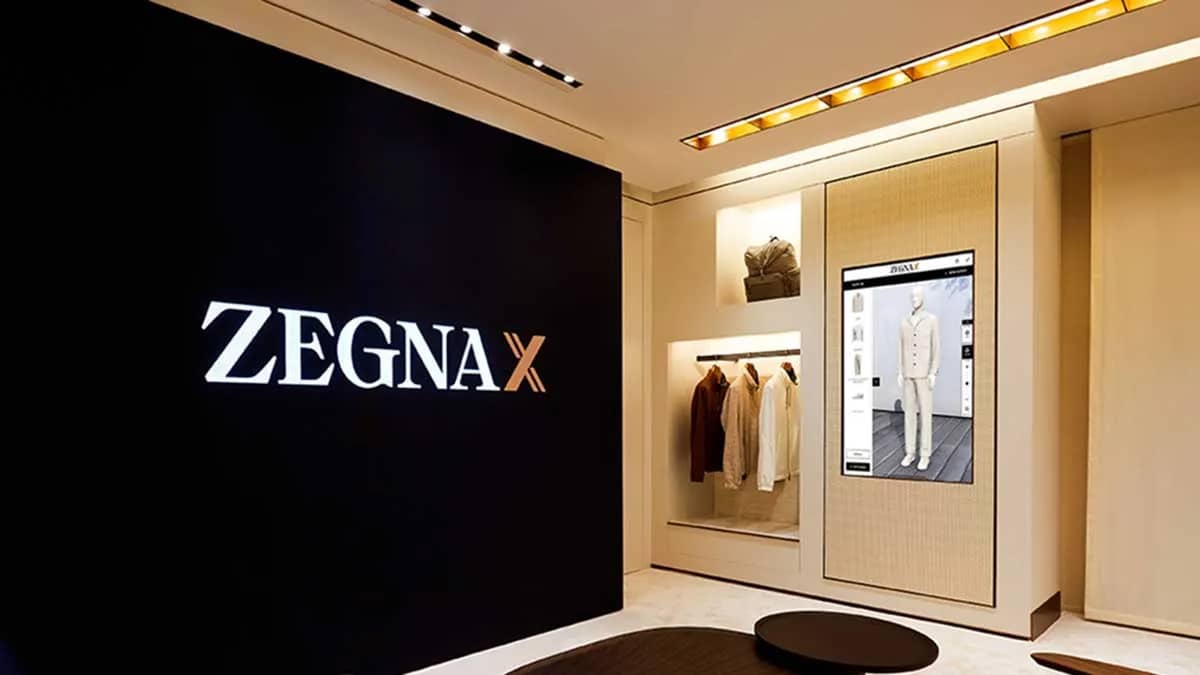
The result? A more satisfying shopping experience that takes into account your unique style and taste. And for the retailers, it translates into a significant boost in sales. It’s a remarkable example of how AI continues to redefine the shopping experience, making it highly personalized and engaging. As you shop more, the system learns more about you, refining its recommendations and enhancing your shopping journey.
3DLOOK utilizes a meticulous, data-intensive approach to deliver highly accurate size and fit recommendations. We begin by collecting brand-specific fit standard data, encompassing core body measurements from fit forms, avatars, and live models, in addition to specific grading rules. This provides a comprehensive understanding of the brand’s unique sizing and fit standards. Simultaneously, we analyze season or collection-specific tech packs to gain insights into the fit intent of each garment. Utilizing this data, our size recommendation algorithms work in conjunction with AI-powered mobile body scanning technology to map the brand-specific garment data to the customer’s unique body data and fit preferences. The end result is a tailored size suggestion for each garment that enhances the customer’s shopping experience by providing a perfect fit. Request a demo and explore all benefits of our solutions.
AI in Fashion Marketing
Artificial Intelligence is bringing about a paradigm shift in the field of fashion marketing, enabling a new level of personalization and efficiency that was previously unimaginable. Here are a few use cases that illustrate the transformative power of AI in fashion marketing:
- Personalized Marketing: AI can analyze customer data including past purchases, browsing history, and social media activity to create highly targeted marketing campaigns. These personalized recommendations increase customer engagement and boost sales.
- Predictive Analysis: AI can predict future customer behavior based on past data. This allows brands to anticipate customer needs and market their products accordingly, optimizing sales and improving customer satisfaction.
- Automated Ad Buying: AI can manage programmatic advertising, wherein it automatically purchases ad space in real-time, targeting specific customer segments and optimizing ad spend. Fashion brands using AI for ad campaigns can drive engagement, conversions, and brand loyalty, maximizing ROI.
- Chatbots: AI-powered chatbots can interact with customers, answering queries and providing personalized recommendations, thus enhancing the shopping experience and customer engagement.
Now, let’s look at a few real-world examples. Tommy Hilfiger, in collaboration with IBM and the Fashion Institute of Technology, leveraged AI to analyze a blend of fashion data, which was used to design new collections and create highly targeted marketing campaigns.
Stitch Fix, the online styling service, uses AI to tailor their marketing to individual customer preferences. Their AI algorithms analyze customer feedback and preferences to send highly personalized outfit recommendations, enhancing customer engagement and boosting sales.
In essence, these examples highlight how AI is redefining fashion marketing, providing brands with a powerful tool to engage with their customers in a personalized, efficient, and impactful manner.
ChatGPT in Fashion
AI models like ChatGPT can be game-changers in the fashion industry. With their advanced natural language processing capabilities, they can offer a multitude of benefits to fashion retailers and customers alike.

Imagine an AI-based stylist who’s available 24/7 to help customers find the perfect outfit, answer questions about size and fit, provide styling tips, and even suggest trending fashion items. That’s exactly what ChatGPT can do. By integrating ChatGPT into e-commerce platforms, brands can provide personalized, real-time assistance to customers, enhancing their shopping experience.
Furthermore, ChatGPT can be used to analyze customer feedback and reviews, providing valuable insights to brands. Understanding what customers are saying about their products can help brands improve their offerings and respond to emerging trends more quickly.
ChatGPT can also be used to create engaging content for fashion brands, from product descriptions to blog posts about the latest fashion trends. Its ability to generate human-like text can be a valuable tool for brands looking to connect with their audience and promote their products.
In essence, ChatGPT’s capabilities can enable a more personalized, efficient, and engaging shopping experience in the fashion industry, catering to the evolving needs of the modern customer.
Ethical considerations on the use of AI in the fashion industry
As AI becomes increasingly integrated into the fashion industry, retailers should take ethical considerations regarding data privacy and algorithmic bias seriously. Companies need to consider how to effectively balance the benefits of efficiency and innovation with fair use of customers’ data, given the fact they’re increasingly more aware and active regarding their privacy rights.
Transparency and accountability should be the priorities regarding artificial intelligence in fashion retail, ensuring that these tools benefit both consumers and companies while minimizing potential risks and unintended consequences, like data breaches that disclose users’ biometric information.

Final Thoughts
As we witness the burgeoning partnership between AI and the fashion industry, it’s evident that the horizon of possibilities is limitless. Artificial intelligence fashion is more than just a fleeting trend; it’s the dawn of a new era, one where AI empowers brands to predict trends accurately, optimize supply chains, customize shopping experiences, and provide AI-powered recommendations. AI in fashion will likely reshape the industry, driving efficiency, sustainability, and creativity.
While the transformation is still nascent, the potential of AI in the fashion industry is immense. It promises a future where sustainability, customer satisfaction, and operational efficiency will be at the forefront of the fashion industry. AI in fashion is an example of how technology can drive significant innovation and growth while simultaneously promoting sustainability and customer-centricity.
